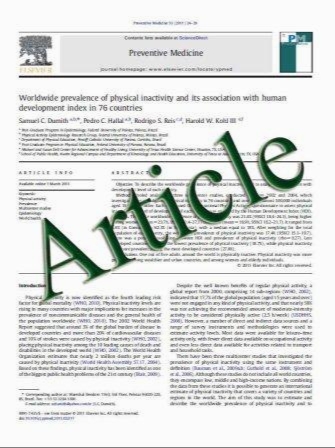Formation of an adherent hematopoietic expansion culture using fucoidan
- نوع فایل : کتاب
- زبان : انگلیسی
- مؤلف : Mohammad R. Irhimeh & J. Helen Fitton & Kap-Hyoun Ko & Ray M. Lowenthal & Robert E. Nordon
- چاپ و سال / کشور: 2011
Description
Expansion of transplantable cord blood (CB) progenitors using a stroma requires provision of an exogenous cell source because of the low frequency of stromal precursor cells in CB. A simpler approach from a clinical regulatory perspective would be to provide synthetic extracellular matrix. The aim of this study was to characterize the effect on hematopoietic cell culture of fucoidan. The modulation of cytokine-driven hematopoietic cell expansion by fucoidan was investigated using two-level fractional and full factorial experimental designs. Mobilized peripheral blood (PB) CD34+ cells were grown over 10 days in various combinations of FL, SCF, TPO, G-CSF, and SDF-1. Cultures were analyzed by immunophenotype. The effect of fucoidan on the divisional recruitment of CD34+ cells was studied by CFDA-SE division tracking. Fucoidan was adsorbed by polystyrene to tissue culture plates and promoted formation of an adherent hematopoietic culture. Factorial design experiments with mobilized PB-CD34+ cells showed that fucoidan reduced the production of CD34+ cells and CD34+CXCR4+ ratio but did not affect the production of monocytic, granulocytic, or megakaryocytic cells. The inhibitory effect of fucoidan on expansion of CB-CD34+ cells was greater than mobilized PB. Division tracking analysis showed that CD34+ cell generation times were lengthened by fucoidan. Fucoidan binds growth factors via their heparin-binding domain. The formation of an adherent hematopoietic culture system by fucoidan is most likely mediated by the binding of L-selectin and integrin- αMβ2 on myeloids. Fucoidan deserves further investigation as glycan scaffold that is suitable for immobilization of other matrix molecules thought to comprise blood stem cell niche.
Ann Hematol (2011) 90:1005–1015 DOI 10.1007/s00277-011-1185-4 Received: 5 September 2010 / Accepted: 3 February 2011 / Published online: 17 February 2011


